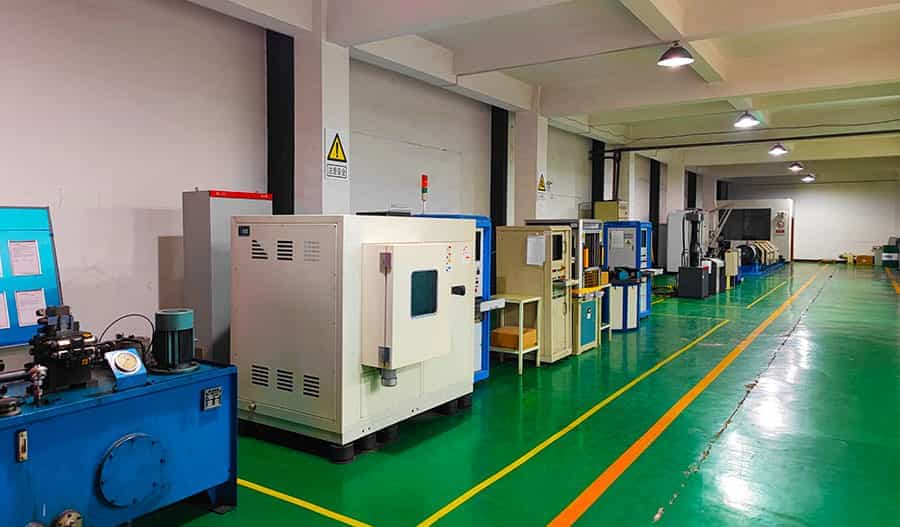WEBINAR
Deep Groove Ball Bearing
Learn MoreVibration analysis and fault diagnosis of needle roller bearings are important tasks to maintain bearing performance and reliability. By monitoring vibration and analyzing the vibration characteristics of bearings, problems can be identified early and appropriate repair measures can be taken.
The following are key aspects of vibration analysis and fault diagnosis of needle roller bearings:
Vibration Sensors: Use suitable vibration sensors to monitor bearing vibration. It is typically use an accelerometer or speed sensor. The sensor should be properly installed around the bearing or on the mechanical structure.
Vibration Parameters: Vibration parameters monitoring include amplitude, frequency and phase. These parameters can be used to analyze the condition and operation of the bearing.
Spectrum Analysis: Perform spectrum analysis on the vibration signal to determine the main vibration frequency components. Different types of bearing failures often have specific frequency components.
Time Domain Analysis: In addition to spectrum analysis, time domain analysis can also be performed to observe the waveform and amplitude changes of the vibration signal to obtain more information about the fault.
Rolling Element Damage: When rolling elements are damaged, periodic vibration frequency components usually appear. Types of damage include rolling element cracks, detachment or wear.
Damage to Inner and Outer Rings: Damage to inner and outer rings usually manifests as changes in vibration frequency or multi-frequency vibration. Damage types include fatigue cracks, abrasions, detachments or scratches.
Roller Offset: Roller offset can cause irregular vibrations. This can be caused by incorrect installation or damaged bearings.
Lubrication Issues: Insufficient lubrication or lubricant contamination can lead to increased vibration. Observe the lubrication condition to determine if the lubricant needs to be replaced or replenished.
Bearing Material Damage: Material damage, such as surface corrosion or fatigue fracture, which can cause vibration. Inspect bearing surfaces to look for material problems.
Bearing Preload Problem: Improper preload may cause bearing vibration. Ensure correct preload of bearings.
Installation Issues: Improper installation and alignment can cause vibration problems. Make sure bearings are installed correctly and calibrated.
Comprehensive vibration analysis and fault diagnosis technology can help determine the health of bearings and detect potential problems early to avoid more serious damage and repair costs. Conduct regular vibration monitoring and analysis to develop maintenance plans and improve bearing reliability and performance.
WEEYH is jointly formed by China's top agricultural machinery parts factories, focusing on the R&D and production of agricultural machinery parts. About 200,000 sets of agricultural machinery related parts are produced by WEEYH'S factories and sent to the world every year.

We have a top testing laboratory, from material analysis to finished product inspection, each link has a corresponding testing process. More than 30 kinds of testing equipment have built the guarantee of WEEYH safety.

Call for online customer support get FREE BEARING SAMPLE
Online Quotation